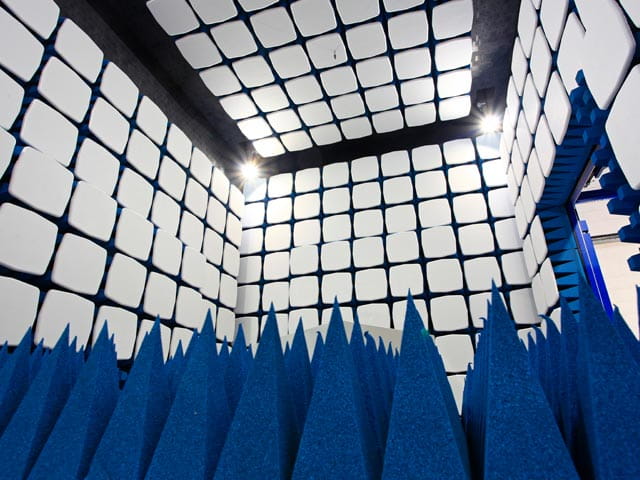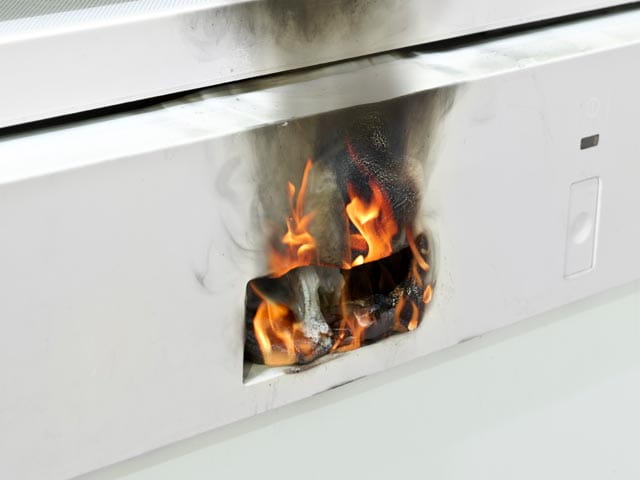Why Is There a Lack of EMC Harmonized Standards

By Engaged Expert
史蒂夫海耶斯
统一标准是那些已在欧洲联盟(Ojeu)的官方杂志中发表的标准,以特定的欧洲指令。它们为其产品符合他们的产品,为制造商提供了符合要求的推定。
为了许多制造商的挫败感,上市的EMC统一标准的速度已经干涸,导致Ojeu公布的新EMC标准很少,缺乏适用于其产品的标准的不确定性。本文探讨了制造商的问题,并提出了一些选择。
问题的标准是什么?
On the whole, EMC standards are written by International bodies such as the International Electrotechnical Commission (IEC) or International Standards Organisation (ISO). When these standards are voted upon, the corresponding European standards organisations (CEN and CENELEC) count the European votes and there is a positive vote to offer one as a harmonized standard, additional annexes are added to highlight the connection between the standard and the essential requirements that it fulfills of the corresponding directive. Once this is done, the revised standard is sent to the Commission for publishing in the OJEU.
It could be argued that manufacturers have relied too heavily on harmonized standards, neglecting their other responsibilities (such as performing a risk assessment of their product against the phenomena covered by the directive) and the essential requirements of the directive. It is the law to comply with the essential requirements. Harmonized standards are voluntary and just a convenient way of meeting certain legal obligations.
Effect of James Elliot Case
近年来,欧洲法院关于上述标准过程中描述的过程的司法法院一直批评。这源于一个关于另一个CE标记指令(建筑产品)(案例C-613/14,詹姆斯艾略特建筑Ltd V爱尔兰沥青有限公司)的非常不幸的事件。本法律案件的结论强调,欧洲委员会撰写法律,然后有效地签订了所有技术要求,并将这一责任掌握在没有法律背景或授权以这种方式编写标准的独立标准机构。
As a result, there needs to be greater emphasis of the Annexes written by the likes of CEN/CENELC in the front of candidate harmonized standards that defines much more clearly which test, method and limit provide a presumption of conformity to which essential requirement of the directive.
How Does This Affect the Standards?
虽然解决Elliot案件所确定的问题的过程看起来很简单,但EMC问题要复杂得多。法律要求不能模棱两可,但这是EMC抗扰度测试和评估的世界,有不同的性能评估,这些评估可能是不同的,而且非常主观。
Take the performance criteria that is defined in virtually all EMC standards regarding the expected (or allowed) performance in the presence of disturbing signals. Manufacturers, test labs and conformity assessment bodies have all been applying a very generic interpretation on what is meant by performance criteria A, B and C. This is due to a generic statement in the standards that typically says ‘product is/isn’t allowed degrade in performance below a level defined by the manufacturer and what a user may reasonable expect’.
Quite clearly this type of statement leads to the possibility of different interpretation from one test lab or manufacturer to another and does not provide the certainty that the legal interpretation requires.
Imagine a manufacturer of an Ethernet router as an example. The sales brochure may advertise it having a data rate of 1GB/s. Operating in the presence of an interfering signal (simulating an intentional transmitter), the data rate may drop – this is often the case from experience during radiated immunity testing. One manufacturer may decide that as their product is advertised has having a 1GB/s data rate, this should be maintained under all conditions. Equally another manufacturer may decide that the source of the interference will be mobile and transitory, and therefore its quite acceptable that the data rate cold drop to 500MB/s as along as it recovers to the original performance when the interferer is removed.
显然,在上面的例子中,这种类型的信息不会向消费者提出明智的决定,以便在产品中选择的产品在整个产品的整个生活中遭受差的表现不佳。
There needs to be greater emphasis of the Annexes... in the front of candidate harmonized standards that defines much more clearly which test, method and limit provide a presumption of conformity to which essential requirement of the directive
史蒂夫海耶斯
What Does the Future Hold?
委员会现在希望纠正这些广泛的“可接受性能”的广泛解释,并希望从所有统一标准中删除通用绩效声明。虽然意图可能是委员会的荣誉,并且适合所有消费者,但改变标准以反映这一目标是复杂,昂贵,非常耗时的。
由于国际委员会撰写了许多标准,如果欧洲委员会希望改变所有EMC标准的绩效标准,它们将与国际委员会的不同,因此造成制造商的行政挑战,以保持最新的标准的两倍。同样改变国际标准,以满足欧洲市场的需求,需要多年,如果有的话,可能导致应用两组不同的绩效标准。
因此,委员会和标准机构正在讨论和谈判该做什么。与此同时,世界正在搬进,制造商继续批准和送货产品 - 那么这是如何实现的?
Quite simply, the directive does not state that harmonized standards must be used – it simply states that a presumption of conformity is provided if a product meets a harmonized standard, meaning that there are alternative route to conformity.
A manufacturer needs to do a little more work (risk analysis), but in essence if a standard has been approved and published as either a European or International standard, then a consensus has been reached and the standard is likely to be considered as ‘state of the art’. Assuming that the standard covers the phenomena of the directive, then the risk analysis can be used to justify why this new standard(s) has been used, and why the essential requirements of the directive has been met.
结论
似乎委员会的意图改善和收紧统一标准的解释可能实际上有完全相反的效果。制造商需要立即解决方案来使其产品成为市场,并且不能等待立法者说服标准世界修改其标准,以便许多人认为只是欧洲问题。
制造商将通过法律工作并采取行动,以确保他们所做的就是合法且技术上是正确的,转回统一标准路线以符合符合。一旦这是一个过程建立,就不会恢复到旧的做事方式,并且对Ojeu的依赖会消失。
通过其从事专家和咨询服务网络,ELOMENT提供了有关EMC和许多其他指令和法规的符合条件的建议和指导。应当注意,虽然这里描述的信息涉及EMC,但是还可提供诸如通过其通知主体的诸如类型检查的诸如类型检查的其他路线。一些指令,如无线电设备指令(红色),授权使用没有统一标准的通知机构。
核心上的特色
EMC原则很容易
02/14/17
EMC电子产品设计原则
09/07/18
CE标志和风险概念 - 为什么安全测试计数
02/02/17
CE标记:您是否对EMC测试了您的产品?
11/03/16






